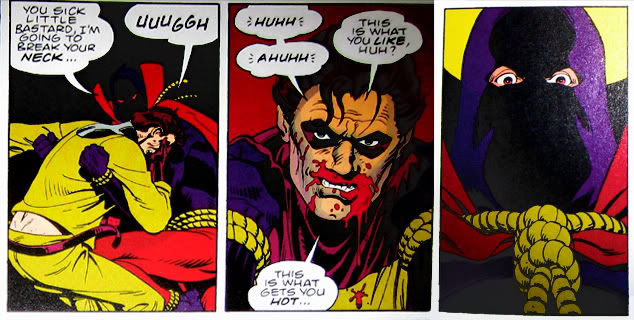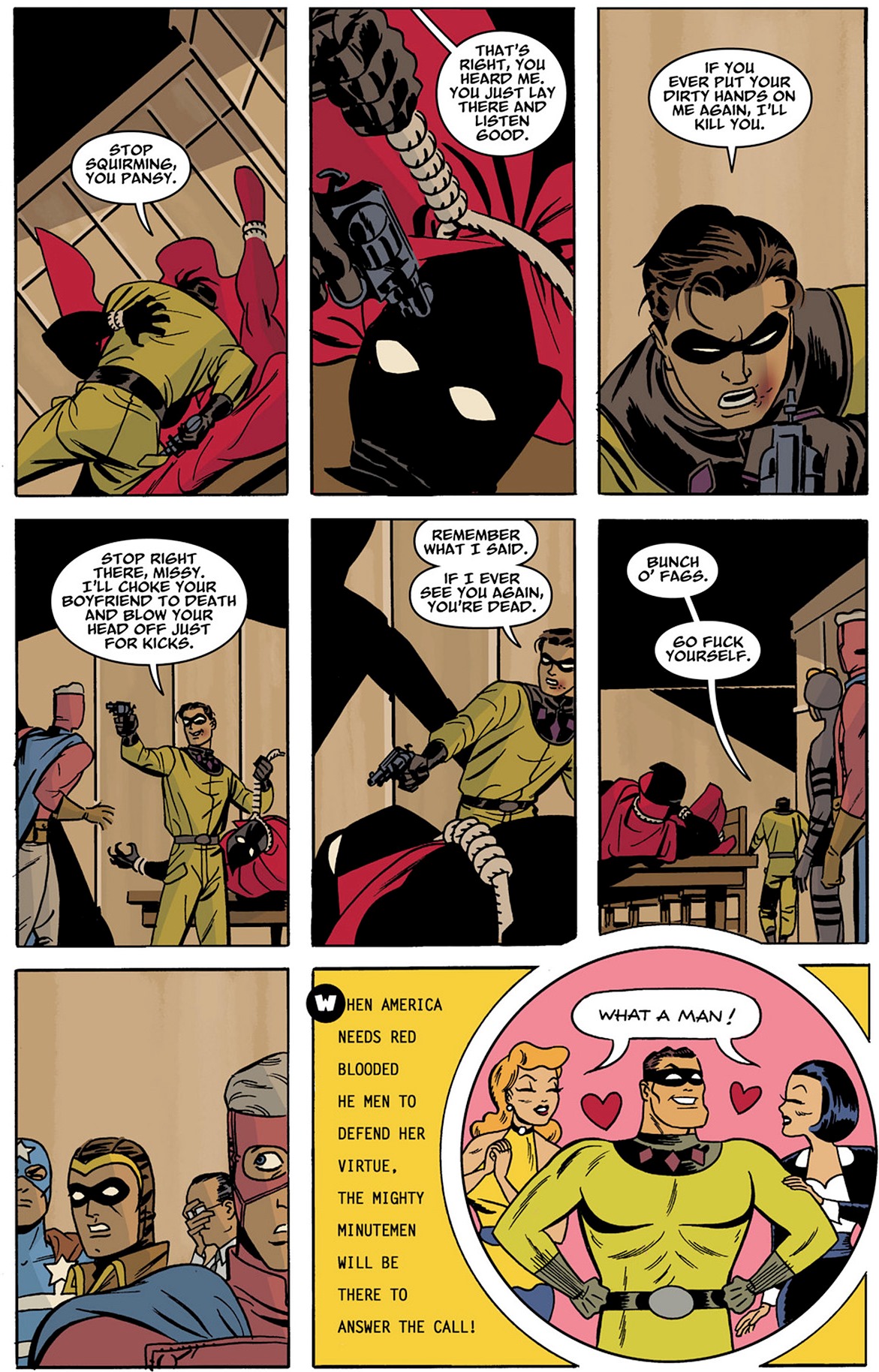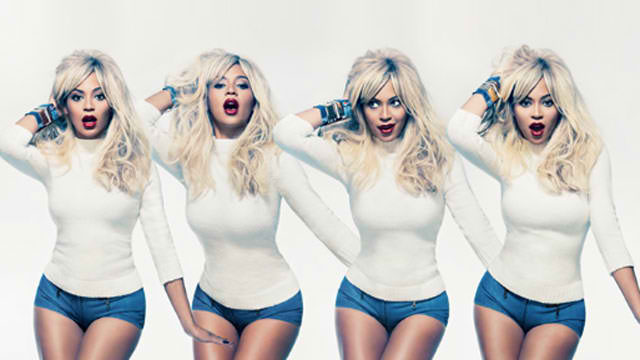In her 2002 essay Comparative Sapphism (recently made available for download, my friend and colleague Sharon Marcus contrasts the place of lesbianism within 19th century French literature and 19th century English literature. In simplest terms, that difference is one of presence and absence.French writers include lesbian themes, characters, and plots; English ones, by and large don’t. As Sharon demonstrates with a fair amount of hilarity, this posed a problem for English reviewers of French books, who somehow had to talk about lesbianism without talking about lesbianism — resulting in the spectacle of intelligent cultured reviewers demonstrating at great length that they knew the thing they would not talk about, and/or didn’t know the thing they would.
What’s most interesting about this division, as Sharon says, is that it ultimately isn’t about attitudes towards lesbianism. It’s true that the English back then didn’t like lesbians…but the French back then didn’t like lesbians either. Everyone on either side of the channel was united in a happy cross-channel amity of homophobia. So, if they hated and hated alike, why did the French write about lesbians and the British didn’t? Not because the first liked gay people — but rather because the first liked realism.
Since French sapphism was fully compatible with anti-lesbian sentiment, and since Victorian England easily rivaled its neighbor across the Channel in its homophobia, we cannot explain the divergence between British and French literature solely in terms of the two nations’ different attitudes to homosexuality. Rather, any explanation of their sapphic differences must also compare the two nations’ aesthetic tendencies. Such a comparison suggests that there would have been more lesbianism in the British novel if there had been more realism and that British critics would have been more capable of commenting on French sapphism had they not been such thoroughgoing idealists.
In other words, the French saw portrayals of lesbianism as part of the seamy, ugly, realist underbelly of life — and they wanted to show that seamy underbelly because they thought realism was cool and worthwhile. The British also saw lesbianism as part of the seamy underbelly of life — but since they were idealists, they felt that literature should gloss over such underbellies in the interest of setting a higher tone and generally leading us onto virtue.
One interesting point here is that everybody — French and British — appears to agree not just on the ickiness of lesbianism, but on its realism. Which means, it seems like, that the French might discuss lesbianism not merely because they are comfortable with realism, but as a way to underline, or validate, their realism. That is, lesbianism in French literature serves the same purpose that grime and “fuck” and drug dealing and people dying serve in The Wire. It’s the traumatic, ugly sign of the traumatic, ugly real.
Nor were the French the last to use queerness in this way. Watchmen, Alan Moore and Dave Gibbons 1980s exercise in superhero realism, does much the same thing.
This isn’t to say that Watchmen is homophobic; on the contrary, Alan Moore in particular is, and has long been, very consciously and ideologically queer positive. But it’s undeniably the case that Watchmen‘s goal is, in part, to imagine what superheroes would be like if they were grimy and seamy and nasty and real. And part of the way it imagines superheroes as being grimy and seamy and nasty and real is by imagining them as sexual — particularly as perversely sexual, which often means queer. Indeed, the first superhero, who inspired all the others, is Hooded Justice, a gay man who gets off on beating up bad guys. Thus, the founding baseline reality of superheroics is not clean manly altrusim, but queer masculine sadism.
Incipient buttcrack, bloody nose, homosexuality. You don’t get much more real than that.
The hints of homophobia in Moore/Gibbons, then, seem like they’re tied not (or not only) to unexamined stereotype, as my brother Eric suggests. Rather, they’re a function of the book’s realist genre tropes.
Which perhaps explains why Darwyn Cooke, infinitely dumber than Moore and Gibbons, ended up, in his Before Watchmen work, with such a virulent homophobia. William Leung in that linked article suggests that the homophobia is part of Cooke’s retrograde nostalgic conservatissm — which is probably true to some extent. But it’s probably more directly tied to Cooke’s effort to match or exceed Moore/Gibbons’ realism. Portraying gay characters as seamy and despicable is a means of showing ones’ unflinching grasp of truth. In this case, again, realism does not allow for the portrayal of homosexuals so much as (homophobic) portrayals of homosexuals creates realism.
In the discussion of superhero comics, generally allegations of retrograde political content go hand in hand with allegations of escapism. Superhero comics are “adolescent power fantasies,” which is to say that they’re both unrealistic and mired in violence and hierarchy. The link between realism and homophobia, both past and present, though, suggests that when you take the opposite of adolescent power fantasies, you get adult disempowerment realities. And the groups disempowered often turn out (in keeping with realism) to be those which have traditionally been marginalized and disempowered in the first place.
In that context, I thought it might be interesting to look briefly at this image that was following me around on Pepsi billboards in San Francisco when I was there last week.
Obviously that’s Beyonce. Less obviously it’s basically a comic — the character images are repeated in a single space to suggest time passing or movement. And, perhaps, least obviously, it’s fairly deliberately referencing queerness. Beyonce often looks like a female impersonator, but the aggressively blond hair and the exaggerated flirty facial expressions here turn this image into a quintessence of camp. Also, note the position of her hands; one hovering around crotch level on her double, the others behind the butt. Gender, sexuality, and identity are all labile, and the lability is the source of the picture’s excitement and energy, as well as of its deliberate and related un-realism. Rather than queerness being the revealed and seamy underbelly of truth, in this image it’s a winking fantasy of multiplying, sexy masquerade and empowerment.
The entanglement of homophobia and realism may help to explain in part why gay culture — faced with tropes defining homosexuality as a sordid ugly truth — has often gravitated to artificiality, camp, and the empowerment of self-created surfaces. None of which is to say, of course, that realism must be always and everywhere homophobic. As an example, I give you…Andrea Dworkin in overalls.
Hooded Justice and Beyonce just wish they were that ugly, solid, real, and awesome.




